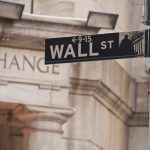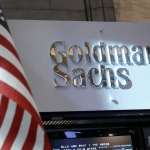Neil Williams, Group Chief Economist
Welcome to ‘divergence December’. The fact that euro-zone and US monetary policy will be taking different routes – the ECB loosening, the Fed tightening – was always a given. So, what markets needed today was guidance on how fast they’ll be travelling and how far they’ll end up going.
The first leg of that – today’s ECB decision – was probably the world’s worst kept secret. Euro-zone GDP may be back up to its pre-crisis level, but with 2% headline inflation only a remote possibility and only half the EUR 1.1trn ‘QE1’ programme completed, Mr Draghi was always going to act.
In the event, though, he has under-delivered.
Not quite pushing out the ‘boat on QE2’...
First, he hasn’t quite pushed out the ‘boat on QE2’! By extending it six months to March 2017, and including regional and local debt, his sign of intent is he will do more. But, by not upping the pace, at just EUR 60bn purchases per month, and excluding other assets such as more corporate bonds and mortgage debt, he is keeping some powder dry.
Second, to get ‘bang for his buck’, he rightly shaved the deposit rate further into negative territory. But, the only -10bp cut, to -0.3%, is puny. Aimed at discouraging cash hoarding, even more negative rates will likely be needed if the liquidity QE throws up is to be pushed out to where it matters most – consumers and businesses.
A problem with QE is it provides cash to lend, but cannot force consumers and firms to borrow. As the ECB’s own bank lending survey reveals, credit supply, at a five-year high, is not being matched by credit demand, which continues to cool.
Marrying these two changes, the effectiveness of negative rates will be in keeping bond yields down – given the ECB’s pledge to buy government bonds down to a yield that’s as low as the negative deposit rate.
Either way, while helpful in addressing the symptom, deflation, Mr Draghi cannot be expected to solve the problem – a monetary union devoid of economic union. This will take years.
So, we now await the second leg – the first US rate hike – likely on 16 December. After FOMC prevarication and what will be thinning holiday markets, the Fed will use many signposts to flag it up, including Janet Yellen’s testimony, the coming jobs data and a whole line of Fed speakers.
So, I suspect that by the time we get confirmation on the 15 December that US inflation is finally beginning to lift, the ‘writing’ of the Fed’s first rate hike for almost a decade will have long been ‘on the wall’.












